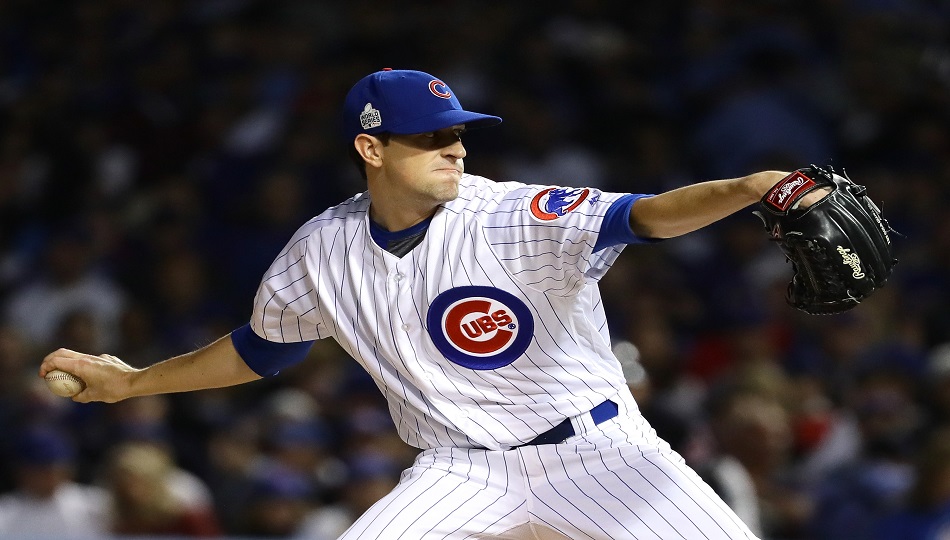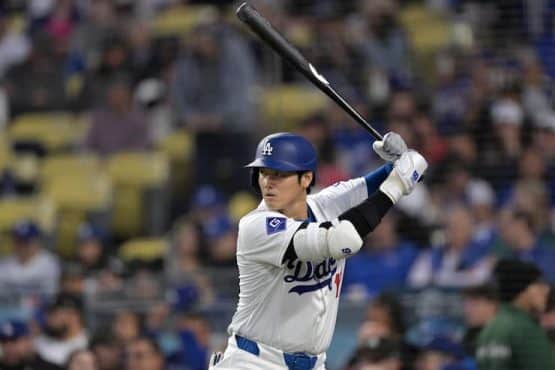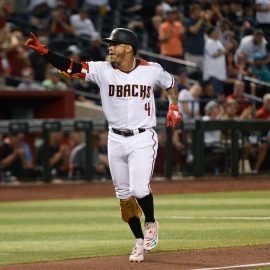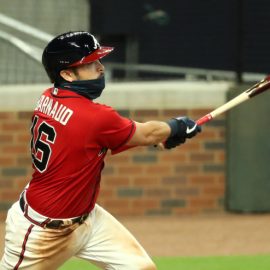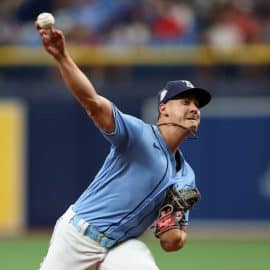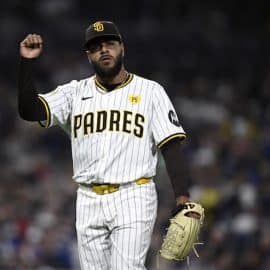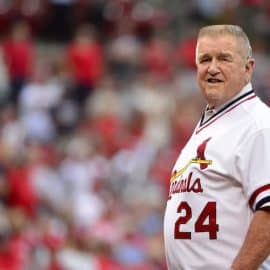The Chicago Cubs made sure the Wrigley Field faithful won’t be disappointed in the final home game of what’s already been an historic 2016 season—beating the Cleveland Indians, 3-2, and staving off elimination. Now, all that stands between them and an even more historic feat is two straight wins at Progressive Field.
In the 113-year history of the World Series, just five have recovered from 3-1 down to win (and only three of them have done it by taking the final two on the road). So, history suggests it probably won’t happen. But “probably” doesn’t mean “definitely.” Here’s how the Cubs can complete the comeback.
4. Return of Schwarber
Not medically cleared to play the field, Kyle Schwarber was mainly a spectator during the three contests in Chicago. As the series shifts back to Cleveland, nobody is happier about the change of scenery (and the change back to American League rules) than the Cubs’ designated hitter.
Defying expectations, Schwarber returned to the lineup after six months of rehab and didn’t seem the worse for wear—reaching base twice in Game 1 and going 2-for-4 with two RBIs in the Cubs’ 5-1 Game 2 victory. Chicago’s struggles on offense over the weekend further emphasize the need to have him back in the batting order.
3. Aroldis Chapman
Joe Maddon, taking a page from Terry Francona, went to his star reliever with eight outs to go and a one-run lead on Sunday night. Arolis Chapman afterwards would either get a day of rest or a winter’s worth.
Chapman made good on his manager’s decision, allowing the Indians just one hit while striking out four—both with fastballs that clocked over 100 miles per hour and an equally devastating 85 mph slider.
Prior to this World Series, all the talk (when it came to the bullpens, at least) was about Andrew Miller and his ability to be utilized for one or two-plus innings. But Chapman, the other ex-Yankee relief pitcher dealt at the trade deadline, proved that he is also capable of that task.
2. The pressure’s off
To nobody’s surprise, the atmosphere at Wrigley was phenomenal as 71 years of losing and frustration poured out over three evenings.
However, perhaps the Cubs were weighed down by the magnitude of the moment—even if their manager would insist otherwise. This was best exemplified by a lack of plate discipline that we haven’t seen all year. Five runs over three games and several key at-bats wasted.
Before this season and prior to the postseason, everyone expected Chicago to win it all. Now, considering the odds, fewer do. This might be just what the Cubs need to loosen up.
1. Advantage in the arms race
If momentum is the next day’s starting pitcher, than the early returns have the Cubs enjoying the edge just by who they start over the final two games.
For Game 6, Chicago turns to Jake Arrieta. Cleveland counters with Josh Tomlin. Arrieta, the defending Cy Young Award winner, looked like his dominant 2015 self in Game 2—keeping the Indians hitless for 5.1 innings. When his night was finished, he had limited Cleveland to one run, two hits, and had six strikeouts.
Should a deciding Game 7 come to fruition, it would be Kyle Hendricks on full rest (following his strong start in the third game) versus Corey Kluber on short rest.
Add The Sports Daily to your Google News Feed!
